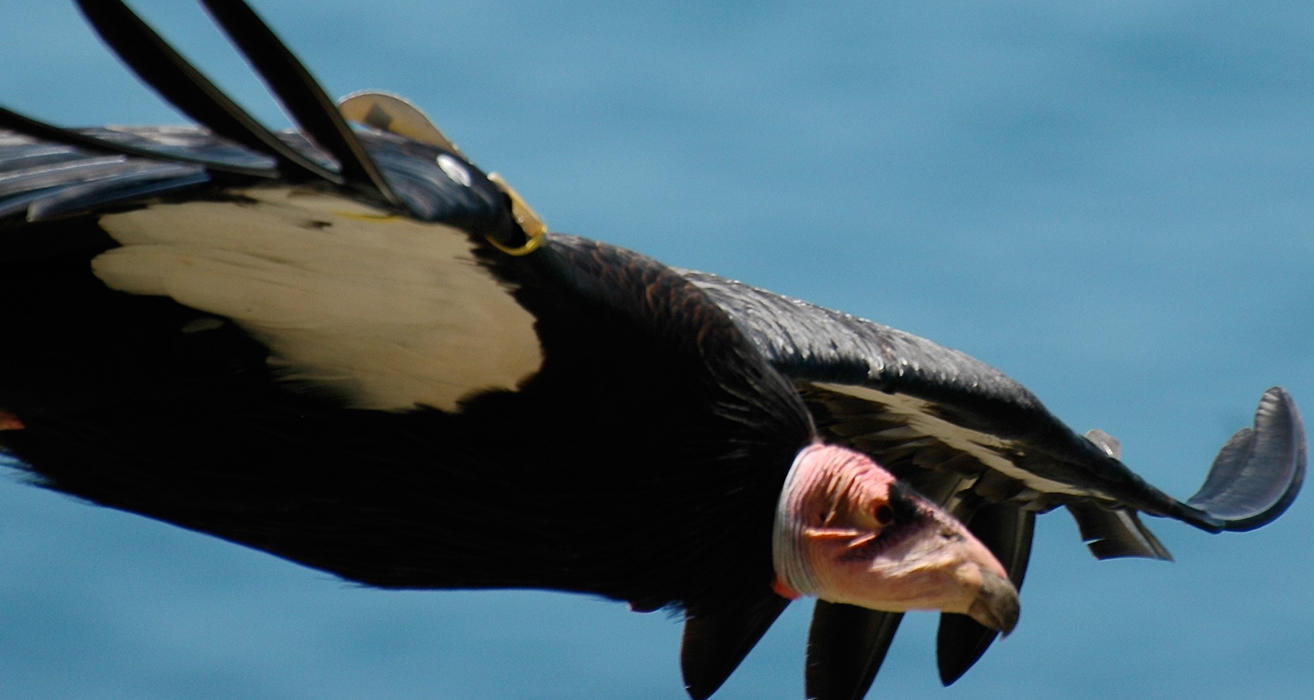
While political attacks on the Endangered Species Act are nothing new – it seems every year there’s a move in Congress to weaken it – this year has seen a number of unfortunately developments. For us here in California, the Endangered Species Act is particularly vital to protecting some of our most compelling bird species. In total, sixteen California bird species are protected under the federal Endangered Species Act, including some of our most compelling ones such as the Western Snowy Plover, Northern Spotted Owl, California Least Tern, and the big daddy of them all, the California Condor.
The biggest current threat to the Endangered Species Act comes not in the form of legislative changes to the Act, but rather through proposed regulatory changes from the U.S. Fish & Wildlife Service and the National Marine Fisheries Service, which are two of the main branches of the federal government tasked with enforcing its provisions. The proposed changes are numerous, but the most troublesome are as follows:
- Removing protections for species listed as Threatened. For the last several decades, the Service has, as a matter of policy, afforded species listed as Threatened with the same protections given Endangered species, unless specific protections are described. While this proposed change would only apply to species listed in the future, one can foresee its implementation opening the door to numerous proposed changes in protections for birds currently listed as Threatened, meaning that conservationists could see all kinds of new battles over birds such as the Western Snowy Plover and the Coastal California Gnatcatcher.
- Economic considerations. Although the Endangered Species Act itself states that listing decisions much be based solely on scientific considerations, the government is proposing including economic considerations as part of its decision-making process. Our fear is that this would open this vital process to industry lobbying.
- Unoccupied habitat. This proposal would make a significant change to the critical habitat aspect of the listing process, closing off habitat that is currently unoccupied by the species in question. In a world where climate is dramatically shifting the ranges of bird species, this could have the effect of leaving struggling bird species nowhere to go as their habitat shifts.
These proposed regulatory changes to the enforcement of the Endangered Species Act are particularly dangerous because they can be implemented administratively without Congress weighing in. Because the Endangered Species Act is one of the most popular laws ever passed by Congress, lawmakers have been reluctant to own votes weakening it. The National Audubon Society has already taken a stand against these proposed changes, and you can lend your voice, as well.
Legislative moves
This year, there are a number of bills moving, mostly through the House of Representatives, that would roll back aspects of the Endangered Species Act. The prospects for nearly all of these are dim, but there is one effort that got a lot of attention earlier this year. In July, Sen. John Barrasso, a Republican from Wyoming, released a draft bill to overhaul the Endangered Species Act. Barrasso chairs the Senate Environment and Public Works Committee and had worked with the Western Governors Association to draft the proposal.
Moves against the Western Yellow-billed Cuckoo
Responding to a request from ranchers, miners, and other industry groups, the U.S. Fish & Wildlife Service earlier this year agreed to conduct a listing review of the Western Yellow-billed Cuckoo. Opponents of the listing are challenging the distinct population status of the bird, claiming that it is not distinct from its Eastern counterpart. The Western Yellow-billed Cuckoo was listed as Threatened in 2014 in response to a rapid decline in numbers across the West.
Once plentiful, Western yellow-billed cuckoos are now gone from British Columbia and the Pacific Northwest, and most of the remaining birds are found in isolated patches of riparian habitat along rivers in Arizona, California, and New Mexico. Audubon California supported that listing, and more than 2,200 activists submitted comments in support, as well.
Audubon California’s Kern River Preserve is one of the key sites for the Yellow-billed Cuckoo in California.
Lawsuit challenging gnatcatcher listing
It seems that every other year brings a new challenge to the listing of the Coastal California Gnatcatcher. Just a year after fending off yet another delisting attempt by Southern California developers, Audubon California learned in late 2017 that these same interests had filed a lawsuit to compel the U.S. Fish & Wildlife Service to reconsider its decision. Soon afterward, Audubon California joined the Natural Resources Defense Council, Center for Biological Diversity, Endangered Habitats League and Laguna Greenbelt to intervene in the suit to ensure that the listing decision is sufficiently defended.
By Garrison Frost
Speak out to protect the Endangered Species Act
The U.S. Fish & Wildlife Service wants to weaken the nation's most popular environmental law. Your voice can help stop it.




